Android on the iPhone - technical details of the project
The main stages of the implementation of just-for-fun project of a famous developer
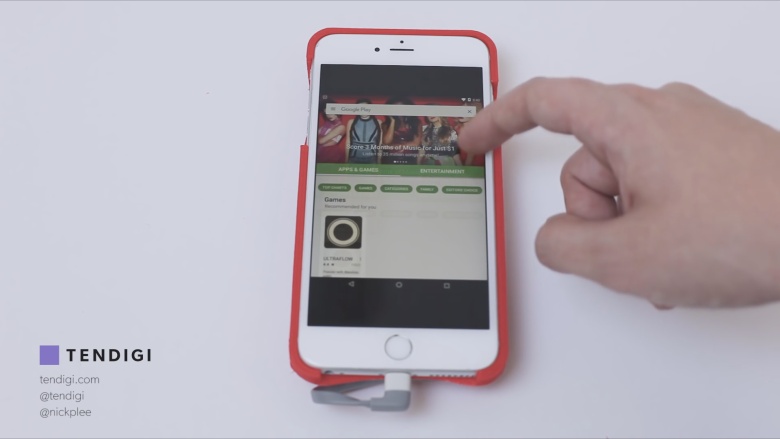
Developer Nick Lee became famous for his projects to launch various operating systems on Apple gadgets, including Windows 95 on the Apple Watch . Now he decided to try running Android on the iPhone. In the new project, the author decided to use the Android Open Source Project (AOSP). This is an open source Android project. It was developed by specialists who considered it necessary to create an open source platform to simplify the creation of applications for mobile devices. Open-source Android can work on most known devices, including smartphones and Android-compatible single-board PCs.
For his needs, Lee created a custom version of Android Marshmallow, which “started up” without any problems on the LG Nexus 5 (the prototype of the Android project on the iPhone worked with this smartphone). The distribution includes the following components:
')

Of course, two phones nearby are good, but the author of the project decided to make the system more compact. And in this case, the second phone as an Android donor is no longer suitable, something else is needed. What? Single-board Android-compatible computer (some of them are shown in this compilation , - Ed.).
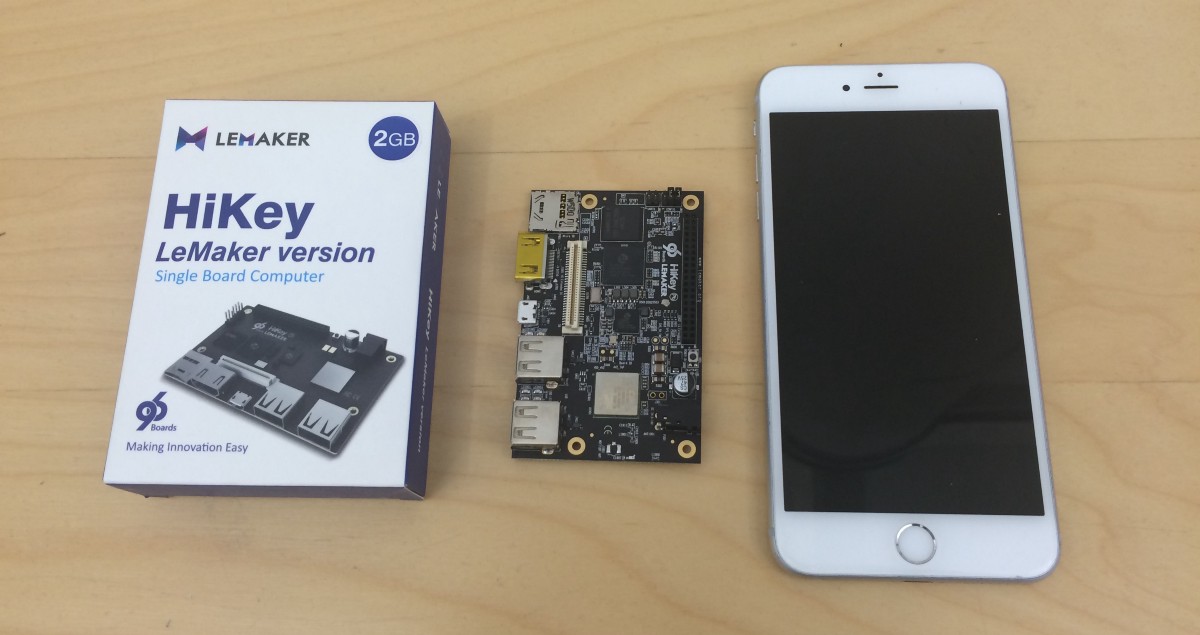
Such a computer had to meet several criteria:
The custom version of Android, modified by Lee, was successfully launched on a single-board PC Lemaker HiKey with an 8-core 64-bit ARM Cortex-A53 processor. HiKey and was selected for the project.
Printed on a 3D printer case for iPhone, this computer is located, a 650 mAh battery and a built-in protection, step-up converter and a resistor. The latter was needed in order not to allow the iPhone to consume too much current, which blocked the exchange of data between HiKey and the phone.

After adding a resistor, it all worked. Components were placed in a case printed on a 3D printer.
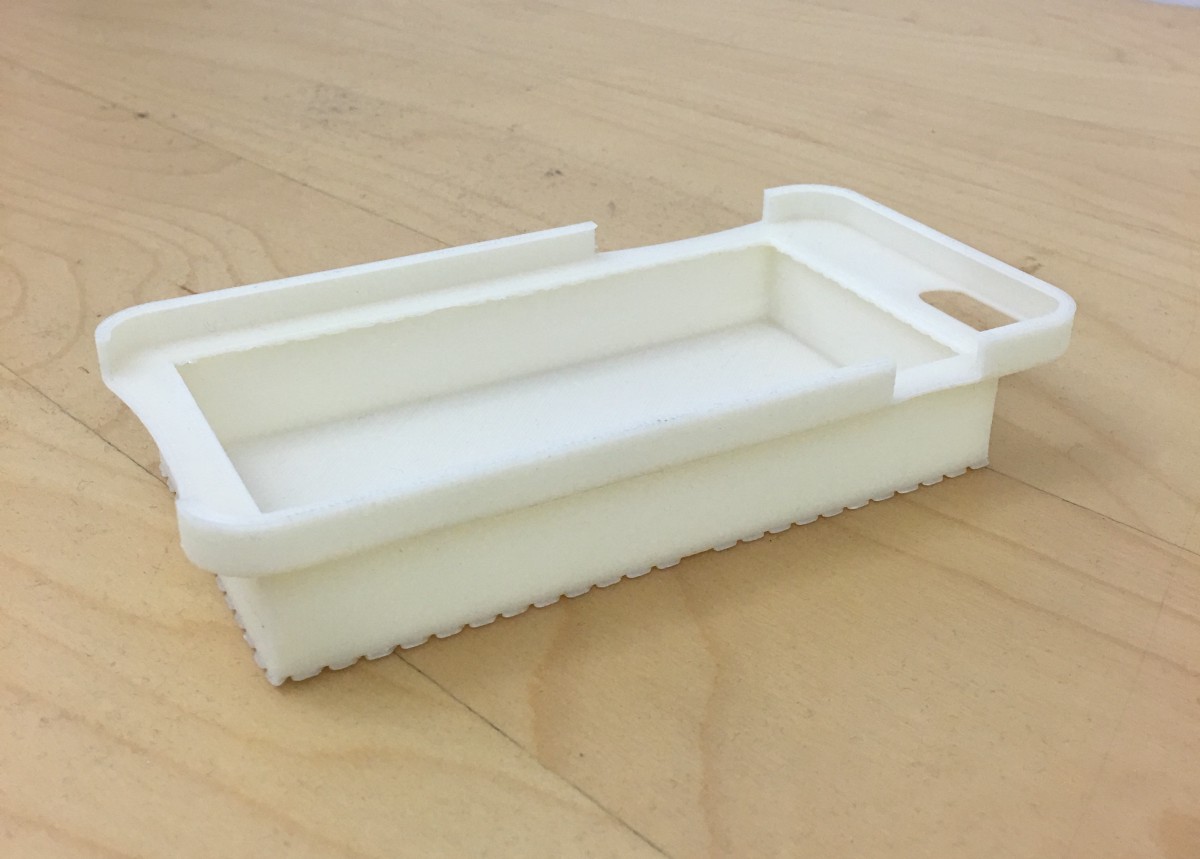
The result was quite dimensional - the iPhone with the case looked like cell phones that were in use 15 years ago.
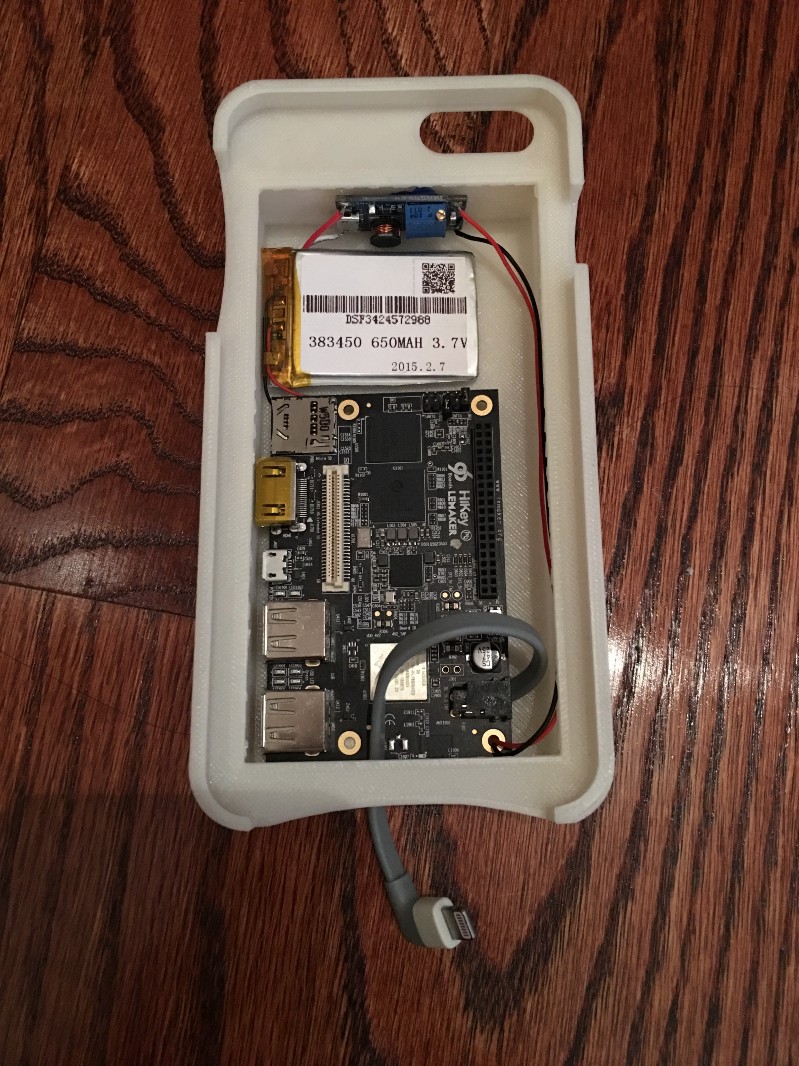
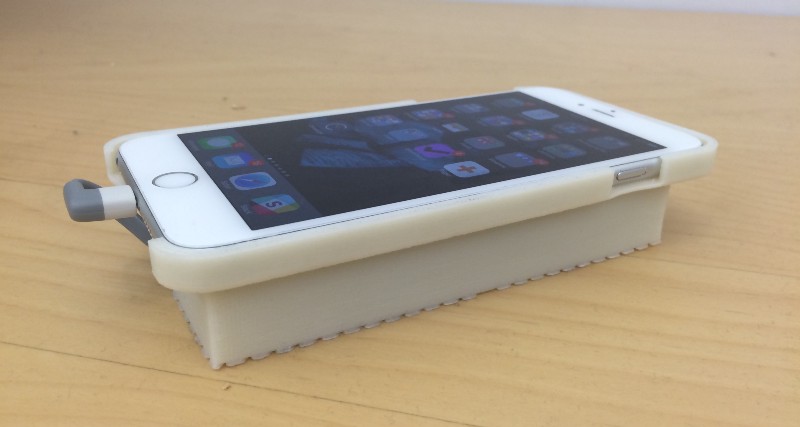
Final stage
After the completion of the case and the working scheme for launching Android on the iPhone, the overall dimensions of the system have decreased significantly. Lee added new elements - HDMI and USB ports, which were displayed on the left side of the new cover printed on the 3D printer. The SD card slot fits here too. Before putting the case on the iPhone, the author of the project protected the electronic components of the case with a thin plastic sheet.
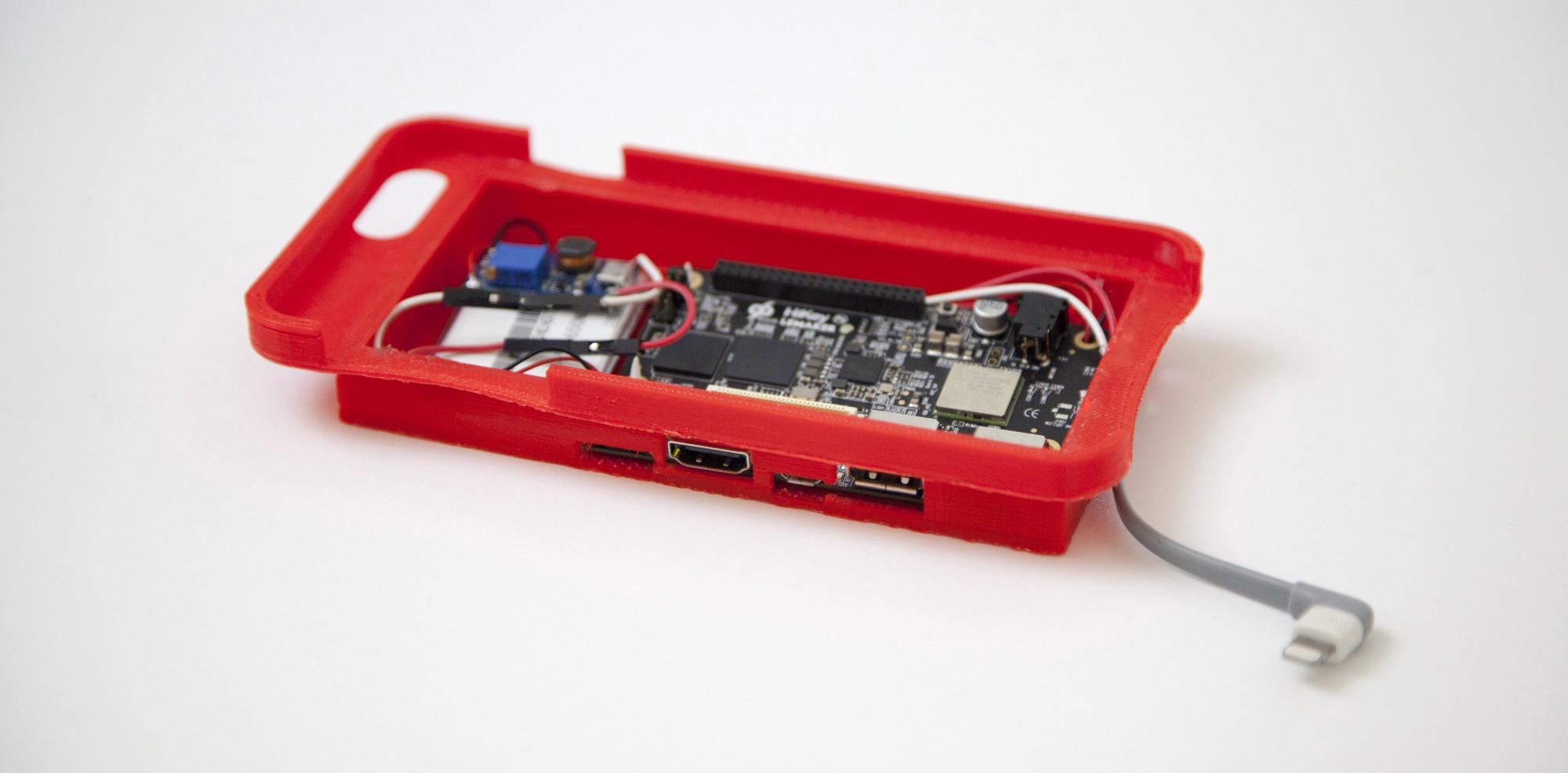
After the board with Android was connected to the iPhone, the standard OS interface from Google appeared on the smartphone display. To start Android, a custom application developed by Tendigi was used. That it provided the interaction of the smartphone with a single board computer, enclosed in a case.
The process of developing the entire system, according to Lee, took many days. There is little practical use here, the work was done for the pleasure of the craftsman. Nevertheless, now the author of the project can tell everyone that he was able to run Android on the iPhone - and this is worth a lot.

Developer Nick Lee became famous for his projects to launch various operating systems on Apple gadgets, including Windows 95 on the Apple Watch . Now he decided to try running Android on the iPhone. In the new project, the author decided to use the Android Open Source Project (AOSP). This is an open source Android project. It was developed by specialists who considered it necessary to create an open source platform to simplify the creation of applications for mobile devices. Open-source Android can work on most known devices, including smartphones and Android-compatible single-board PCs.
For his needs, Lee created a custom version of Android Marshmallow, which “started up” without any problems on the LG Nexus 5 (the prototype of the Android project on the iPhone worked with this smartphone). The distribution includes the following components:
- libimobiledevice : software package for native communication with iOS devices;
- usbmuxd : a clone of the same name daemon software Apple. This component allowed us to use a USB data cable for high-speed data exchange with the iPhone;
- screenstreamer: a demon, written by Lee, to communicate with the usbmuxd service and transfer the "picture" to the iPhone display. After everything was checked, Lee launched the system for the first time, and successfully.
')

Of course, two phones nearby are good, but the author of the project decided to make the system more compact. And in this case, the second phone as an Android donor is no longer suitable, something else is needed. What? Single-board Android-compatible computer (some of them are shown in this compilation , - Ed.).

Such a computer had to meet several criteria:
- Performance: the device must be able to capture, compress and transmit the image on the display in real time with high fps;
- Compatibility: the device should work with the latest version of Android (6.0.1 Marshmallow at the time of the project);
- Size: the fee should be small and thin, equal in size to the credit card;
- Communication: the device must have Wi-Fi and Bluetooth modules. There should also be a USB 2.0 port for transferring data to the iPhone.
The custom version of Android, modified by Lee, was successfully launched on a single-board PC Lemaker HiKey with an 8-core 64-bit ARM Cortex-A53 processor. HiKey and was selected for the project.
Printed on a 3D printer case for iPhone, this computer is located, a 650 mAh battery and a built-in protection, step-up converter and a resistor. The latter was needed in order not to allow the iPhone to consume too much current, which blocked the exchange of data between HiKey and the phone.

After adding a resistor, it all worked. Components were placed in a case printed on a 3D printer.

The result was quite dimensional - the iPhone with the case looked like cell phones that were in use 15 years ago.


Final stage
After the completion of the case and the working scheme for launching Android on the iPhone, the overall dimensions of the system have decreased significantly. Lee added new elements - HDMI and USB ports, which were displayed on the left side of the new cover printed on the 3D printer. The SD card slot fits here too. Before putting the case on the iPhone, the author of the project protected the electronic components of the case with a thin plastic sheet.

After the board with Android was connected to the iPhone, the standard OS interface from Google appeared on the smartphone display. To start Android, a custom application developed by Tendigi was used. That it provided the interaction of the smartphone with a single board computer, enclosed in a case.
The process of developing the entire system, according to Lee, took many days. There is little practical use here, the work was done for the pleasure of the craftsman. Nevertheless, now the author of the project can tell everyone that he was able to run Android on the iPhone - and this is worth a lot.
Source: https://habr.com/ru/post/394827/
All Articles